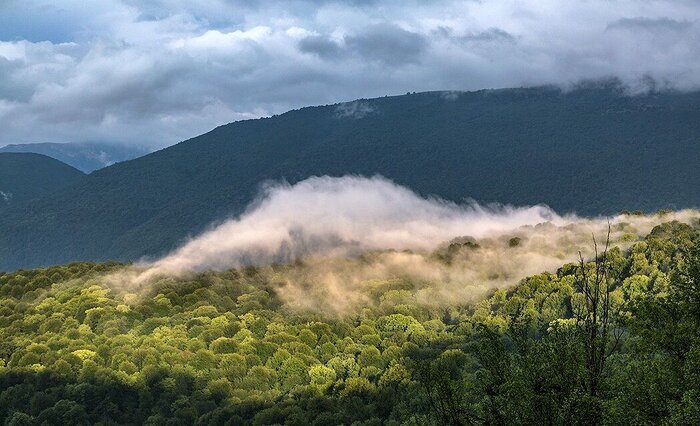Mazandaran’s natural heritages need to gain foothold on tourism map

TEHRAN – The natural heritage in the west part of Mazandaran deserves to be recognized as part of the tourism network of the northern province, the provincial tourism chief has said.
A variety of natural resources exist in Mazandaran that can attract tourists, but they need to be better promoted, IRNA quoted Sadeq Barzegar as saying on Saturday.
Both tourists and investors, as well as local officials, should be aware of and exposed to these natural assets so that appropriate measures can be taken to use them more effectively, the official added.
Lakes, waterfalls, forests, parks, caves, and other natural attractions make the province a paradise for nature lovers, he noted.
Throughout the year, Mazandaran hosts millions of tourists from all parts of the country due to its many natural sights, such as the forest and the sea.
Sandwiched between the towering Alborz mountain range and the Caspian Sea, Mazandaran has a rich yet turbulent history. An early civilization flourished at the beginning of the first millennium BC in Mazandaran (Tabarestan).
Its insecure eastern and southeastern borders were crossed by Mongol invaders in the 13th and 14th centuries. Cossacks attacked the region in 1668 but were repulsed. It was ceded to the Russian Empire by a treaty in 1723, but the Russians were never secure in their occupation. The area was restored to Iran under the Qajar dynasty.
The northern section of the region consists of lowland alongside the Caspian and upland along the northern slopes of the Alborz Mountains. Marshy backlands dominate the coastal plain, and extensive gravel fans fringe the mountains. The climate is permanently subtropical and humid, with very hot summers.
Nature-based tourism is any type of tourism that relies on experiences directly related to natural attractions and includes ecotourism, adventure tourism, extractive tourism, wildlife tourism, and nature retreats.
Eco and nature-based tourists seek and expect a high level of service and products directly related to natural attractions, and they are willing to pay for it. They deliver more economic benefits than other tourists because they spend more and stay longer.
Iranian officials and policymakers in the realm of travel expect such a branch of tourism development will end and possibly reverse the trend of migration from villages to cities by creating sustainable jobs and prosperity for local communities.
Agritourism and nature-tourism enterprises might include outdoor recreation (fishing, hunting, wildlife study, horseback riding), educational experiences (cannery tours, cooking classes, or tea or coffee tasting), entertainment (harvest festivals or barn dances), hospitality services (farm stays, guided tours, or outfitter services), and on-farm direct sales (u-pick operations or roadside stands).
It is a subset of a larger industry called rural tourism that includes resorts, off-site farmers' markets, non-profit agricultural tours, and other leisure and hospitality businesses that attract visitors to the countryside.
ABU/AM
Leave a Comment